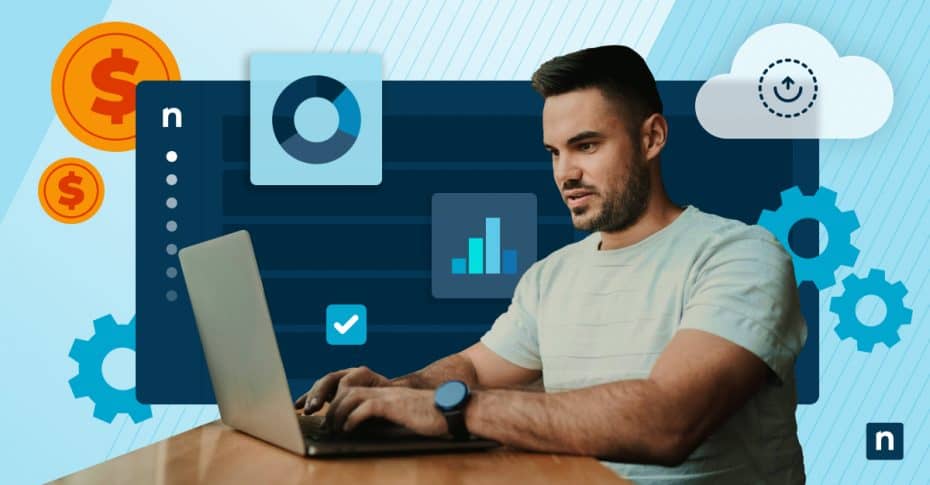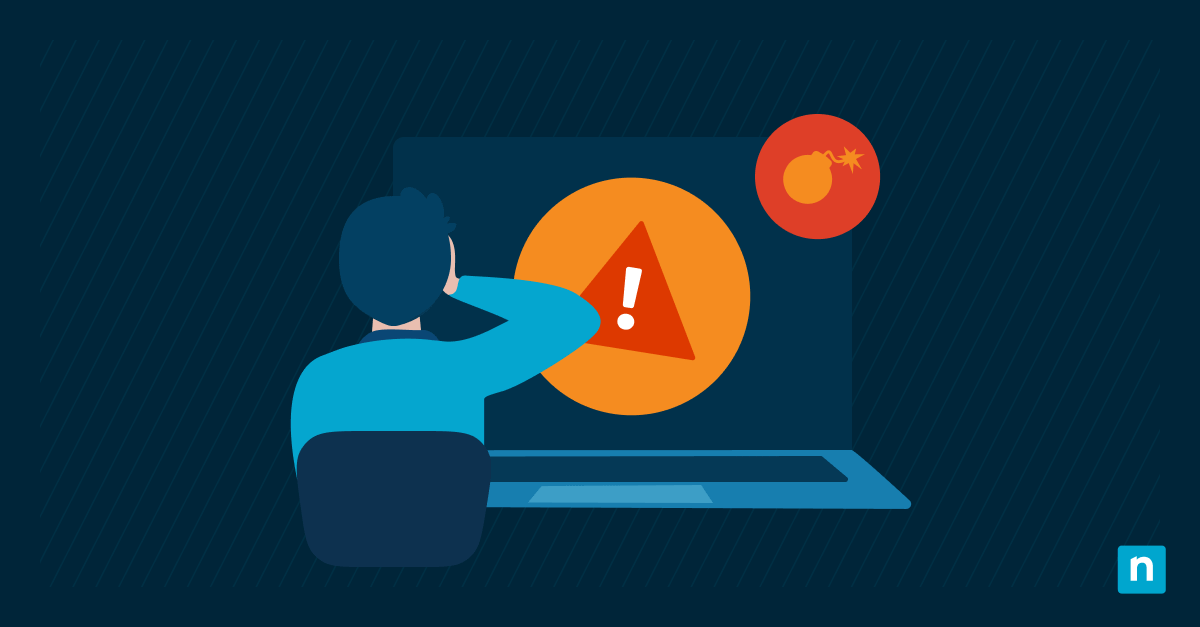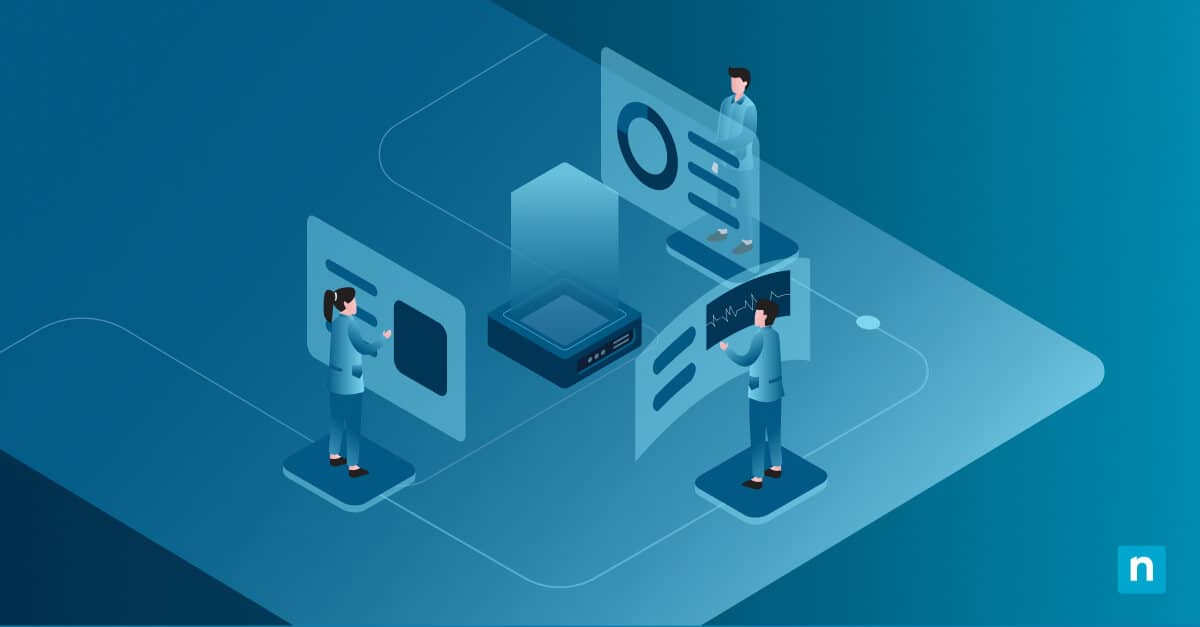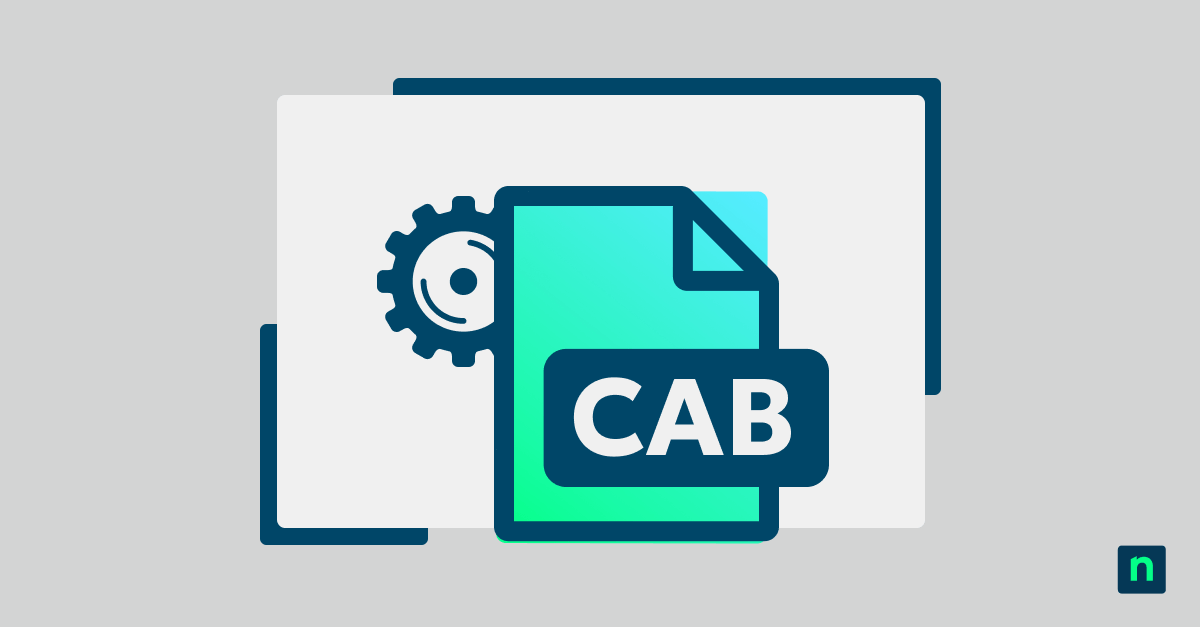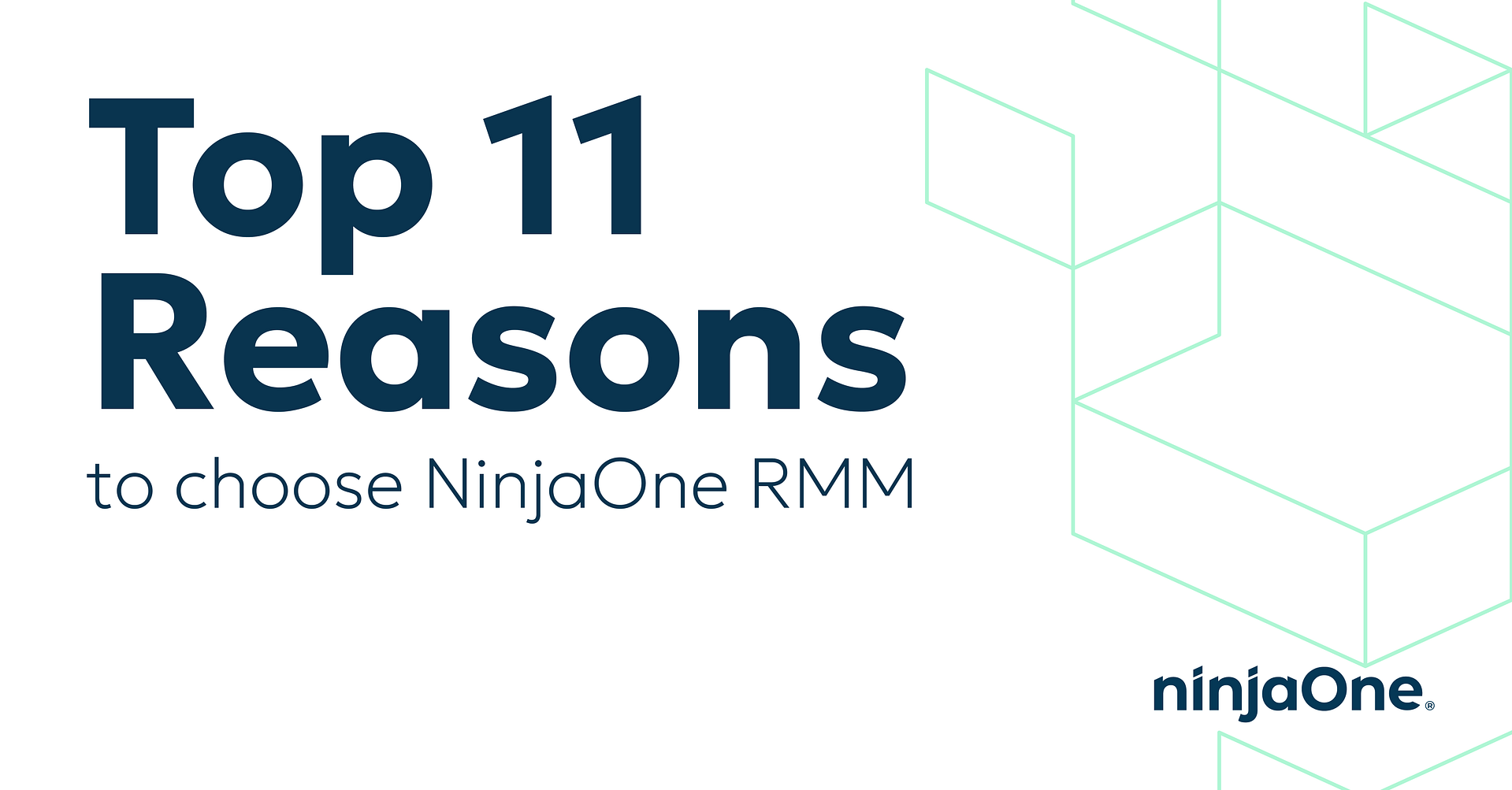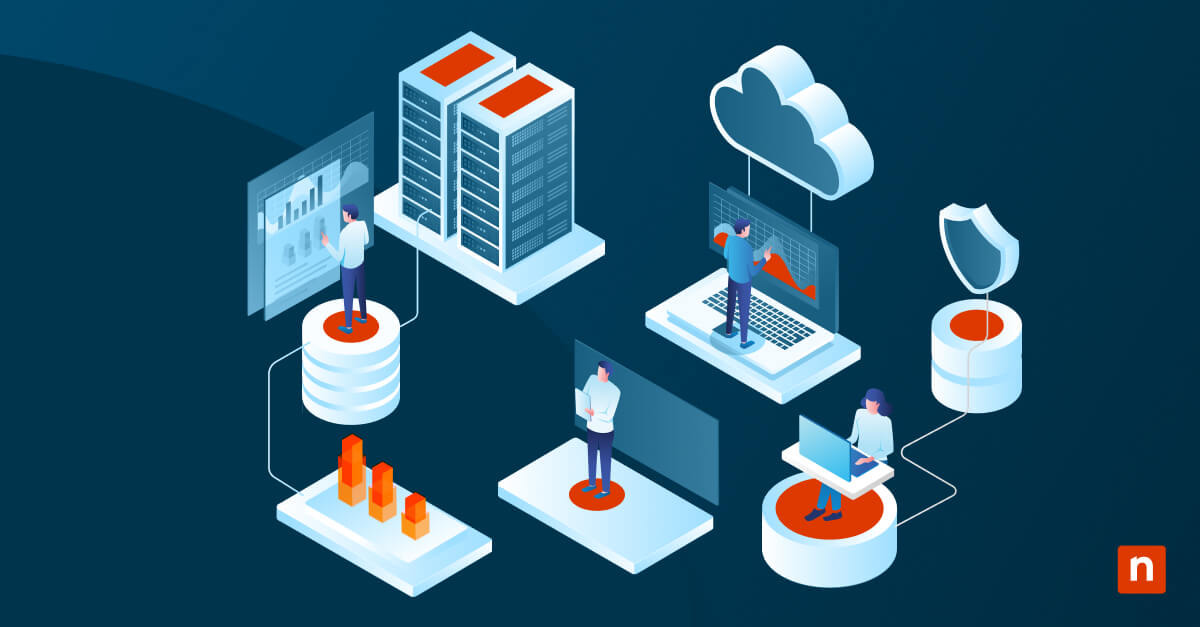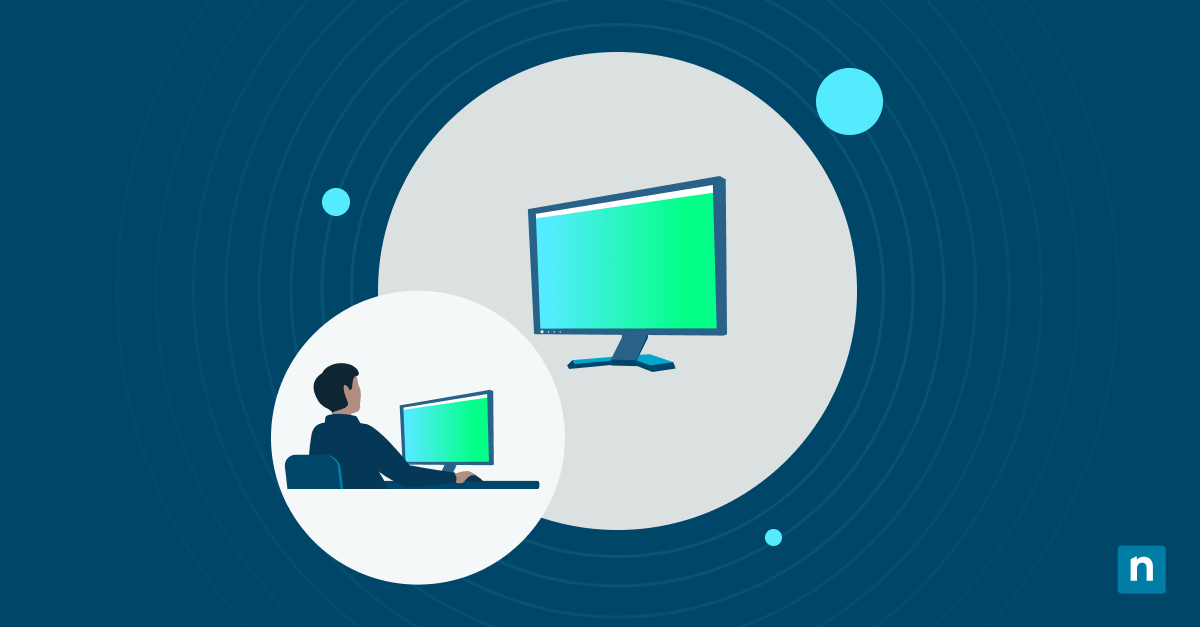Organizations today have seen a significant increase in endpoints due to the rapid growth of remote and hybrid work, along with the emerging trend for employees to bring their own devices to work. With all these additional endpoints to keep track of and manage, it has become all the more necessary for IT managers and cybersecurity professionals to implement or upgrade their endpoint management software to ensure that all devices are secure and up to date.
As you begin your search for a new solution, you probably have plenty of questions on your mind, especially when it comes to pricing. So, how much does endpoint management cost? Multiple factors need to be considered when determining endpoint management cost, such as:
- The number of endpoints or users within the IT environment
- The features and functionality you intend to use, and
- How you want the solution to be hosted
Note that this is not an exhaustive list; each custom solution is designed to meet your needs and goals. This endpoint management pricing guide details all the factors that you need to consider when choosing the ideal, cost-effective platform for your needs.
What is the value of endpoint management?
Endpoint management is crucial for any organization. The right solution helps you keep track of all your endpoints across an entire IT environment. Regardless of the type of endpoint you are managing, all endpoints need to be managed and maintained to support device health, resolve IT issues, and secure against cyberattacks.
An unmanaged endpoint is one of the most significant risks in cybersecurity and could lead to expensive outcomes such as:
- Data breaches
- Compliance issues
- Ransomware attacks
- Loss of sensitive data
- Business disruption
Ideally, your endpoint management software should give you a 360-degree view of all your managed endpoints, with real-time monitoring data and the ability to resolve endpoint issues promptly. This single-handed approach towards application management, regular patching and maintenance, device management and security, and compliance is worth the investment. It will ultimately save your organization money as you can support device health, improve productivity, and minimize the effects of human error from one single console.
Endpoint management software pricing models
Typically, endpoint management software is sold as software-as-a-service (SaaS) with a monthly subscription, with an option to add or remove features as needed. When looking for the right endpoint management solution for your specific business, it’s a good idea to ask your vendor whether they charge per device vs. per user or if it’s perpetual vs. subscription-based.
Per-device vs. per-user endpoint management pricing
The per-device or per-user pricing model heavily influences the cost of your endpoint management software. As their names suggest, these licensing models charge by the number of devices or users within an IT environment.
For many companies, the per-device option is preferable. With this option, you pay a set price for each device you install within the software. Other companies may find that the per-user model works for them, where a flat fee is paid for the number of endpoint users.
It is important to note that the most cost-effective model can vary depending on your organization’s size, needs, and specific circumstances. Consulting with software vendors, such as NinjaOne, can help you determine if their pricing model will fit the needs of your organization’s IT environment. NinjaOne’s endpoint management software follows a pay-per-device pricing model.
Perpetual vs. subscription-based endpoint management pricing
Subscription-based pricing is the most common strategy in the industry. In this model, you are charged every month for a predetermined set of features, with the flexibility to add or remove functions as needed. This flexibility means that you are always up to date with any updates to the system and can design your endpoint management software to address your specific needs.
In perpetual pricing, your organization pays a single upfront fee to use the software. However, this means that your software is not automatically updated every month. You would need to pay additional maintenance fees to keep your software upgraded and secure.
Cost factors of endpoint management software
The best endpoint management software effectively meets your organization’s needs and business goals. When considering cost, it is important to ask yourself these questions:
- Scale and scope: How big is your organization’s IT environment, and how many endpoints need to be managed? The more devices your endpoint management software keeps track of, the higher the cost.
- Feature range: Consider how many endpoint management tools and features you would need. Investigate the native features that come with your endpoint management software and learn what additional costs would be to add more tools or features.
- Vendor pricing strategies: No two vendors are the same, so it makes sense that no two solutions are either. If two vendors offer similar capabilities but different pricing models, it’s important to consider the different market approaches in costing certain software.
- Additional factors to consider: Would you need continual training and support? Do you require additional maintenance or upgrades? Have you considered how you want to implement or integrate the software into your existing platform
Generally, when determining endpoint management software cost, it’s always a good idea to overestimate how much you need and edit the platform later than to experience a solution without the tools you require.
How to choose the right cost-effective endpoint management solution
1. Assess your organizational needs
Start with the basics and determine what you need from your endpoint management software. Some good questions to ask are, “How many different endpoints will I be managing?”, “What types of operating systems and software are on the organizational endpoints that need to be managed?”, and “What are the various compliance requirements I need to be aware of?”
2. Match features to needs
The biggest, and arguably the costliest, mistake you could make is to pattern your endpoint management solution cost based on what your competitor has. Your company has specific needs unique to your business, and you need to match the features of your endpoint management software based on those requirements.
3. Evaluate the total cost of ownership
A good endpoint management solution is dynamic and allows you to respond to threats and incidents promptly. When determining costs, consider additional features that may not be included in your initial subscription, such as the implementation of the solution or the upgrading of various features.
4. Consider scalability and flexibility
Make sure that your endpoint management solution can grow with your organization and accommodate your future needs. You should also check whether it can monitor and secure various types of systems and platforms, such as Windows, MacOS, and Linux.
5. Check out available software training
While most vendors offer free training, some charge extra for additional sessions after the first one. It’s a good idea to look for a vendor that offers free training and continuous support so that you cannot only gauge the software’s effectiveness and ease of use but also keep yourself up to date with any changes.
The investment in endpoint management software
In this endpoint management pricing guide, you learned how to choose the right solution for your needs and determine the cost of the software based on various factors. Even then, you must consider the rapid pace at which businesses today develop and evolve. The ideal endpoint management solution should enable your business to monitor and manage all its devices in a single pane of glass to ensure better resource allocation and reduce data breach risks.
Check out NinjaOne’s endpoint management software today by signing up for a free trial or watching a demo.

